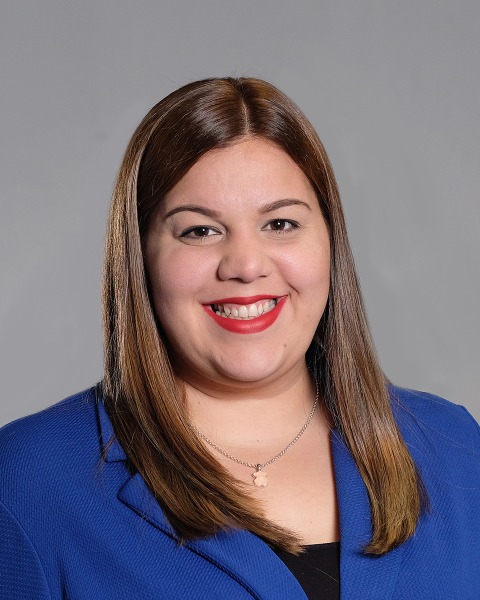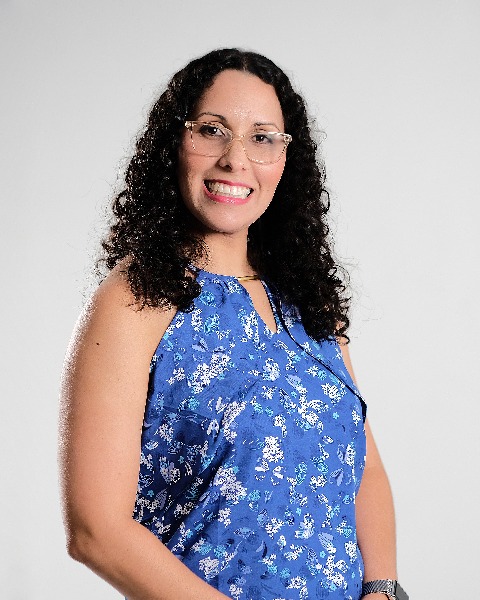Medical, Urban, and Veterinary Entomology
10-Minute Paper
An observational study kit of Aedes aegypti life cycles for middle school students in Puerto Rico

Julieanne Miranda-Bermúdez
Community Mobilization Supervisor
Puerto Rico Science, Technology and Research Trust
Gurabo, Puerto Rico- AC
Alice Colón
Puerto Rico Science, Technology and Research Trust
Bayamón, Puerto Rico - VR
Verónica Rodríguez
Puerto Rico Science, Technology and Research Trust
Ponce, Puerto Rico - RS
Rafael Saavedra
Puerto Rico Vector Control Unit
Ponce, Puerto Rico 
Marianyoly Ortiz
Associate Director
Puerto Rico Science, Technology and Research Trust
San Juan, Puerto Rico- GB
Grayson Brown
Executive Director
Puerto Rico Science, Technology, and Research Trust
San Juan, Puerto Rico - LC
Luz Crespo
Puerto Rico Science, Technology and Research Trust
San Juan, Puerto Rico
Presenting Author(s)
Co-Author(s)
Approximately 40% of the houses in Puerto Rico have Aedes aegypti breeding in or around houses, and training students to recognize and destroy this vector is crucial to reduce disease transmission. As an ESA Chrysalis Fund grant recipient, we developed an observational study kit to increase awareness among students about this problem. The kit included Ae. aegypti mosquito eggs, a tray to rear and feed the larvae, larval food, a Bti-based larvicide, mosquito breeders, magnifiers, pipettes, safety glasses, gloves, and data collection forms. The students reared the Ae. aegypti mosquitoes, observed the life cycle and recorded the data in their houses. Two educational talks and a video were performed for the students and teachers. The students observed the behavior and morphology of larvae, pupae, and adult mosquitoes. A total of 49 kits were delivered. We conducted a Knowledge, Attitudes, and Practices (KAP) survey to measure knowledge gained by the students. Of 49 students, 39 students from six middle-level schools could complete the observational project, but 32 completed the pre- and post-KAP survey. We observed a significant increase in knowledge (8.13 to 9.78) (p< 0.05). Other results will be described in the presentation. Finally, we will discuss the issues we faced in conducting this school-based project during the COVID-19 pandemic and how we resolved those issues.

